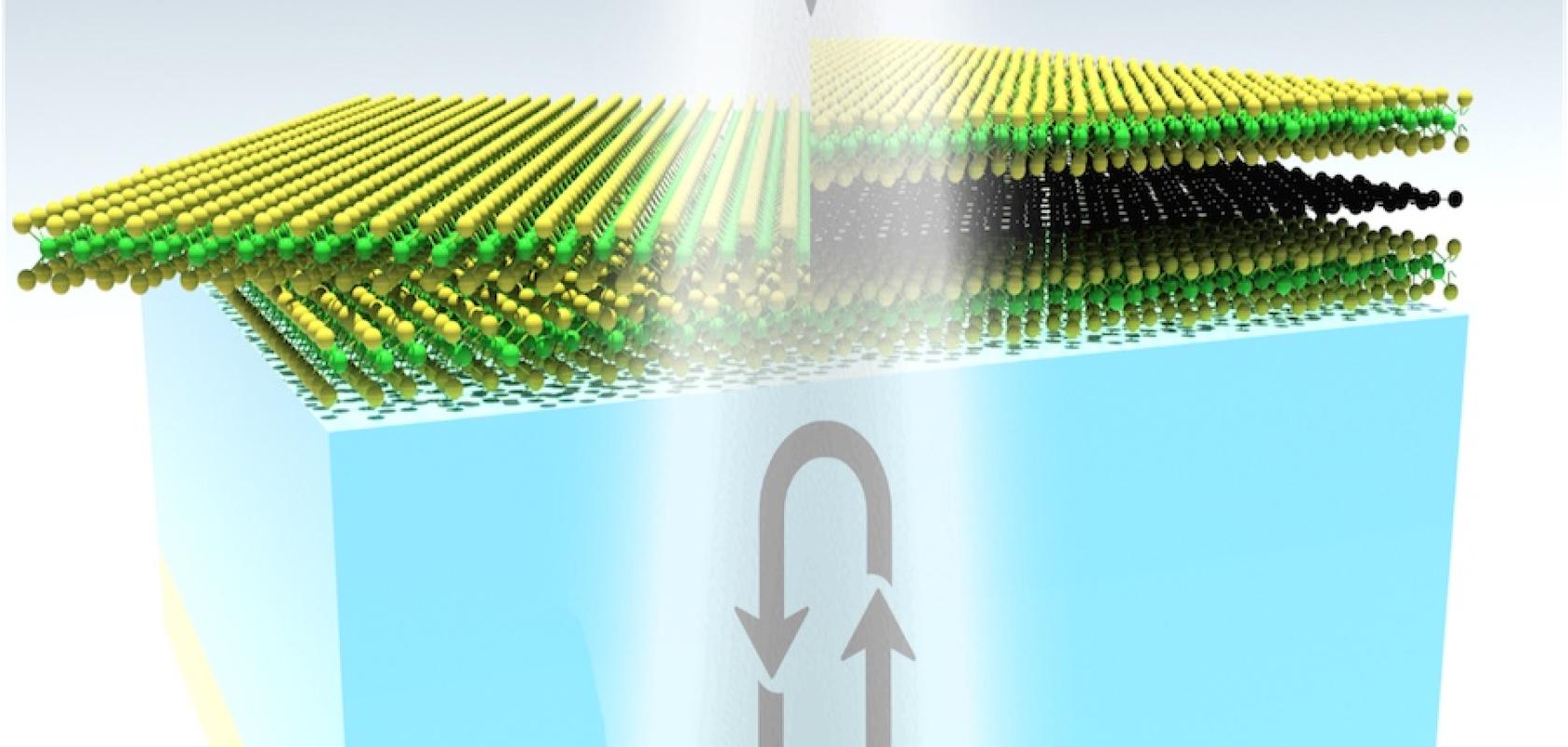A team of researchers led by the University of Minnesota has successfully engineered an atomically thin material that can absorb nearly 100% of light at room temperature. This discovery could help to improve a wide range of applications from optical communications to stealth technology. The paper was published in Nature Communications.
This “near-perfect absorber” was made possible by using a technique called band nesting to manipulate the already unique electrical properties in a material made up of only two to three layers of atoms. The fabrication method was designed to be simple, low-cost and to require no nanopatterning methods, so it could be easier to scale-up than that of other light-absorbing materials being studied.
How could the light absorber benefit optical communications?
Discussing potential applications in optical communications, Steven Koester, a professor in the College of Science and Engineering and a senior author of the paper, says: “Optical communications are used in basically everything we do. The Internet, for example, has optical detectors connecting fibre optic links. This research has the potential to allow these optical communications to be done at higher speeds and with greater efficiency.”
On the potential for scale, Tony Low, an associate professor in the College of Science and Engineering says: “The fact that we are able to achieve this near-perfect light absorption at room temperature with only two or three atomic layers of material is really the key innovation here. We were able to do that without using any complex and expensive patterning techniques, which could allow us to make perfect absorbers in a more feasible and cost-effective way.”
This research was funded by the National Science Foundation’s Designing Materials to Revolutionize and Engineer our Future programme and the National Research Foundation of Korea. Aspects of the project were also conducted in the NSF-funded Minnesota Nano Center, of which Koester is also the director.
Reference
Lee, S., Seo, D., Park, S.H. et al. Achieving near-perfect light absorption in atomically thin transition metal dichalcogenides through band nesting. Nat Commun 14, 3889 (2023). https://doi.org/10.1038/s41467-023-39450-0


